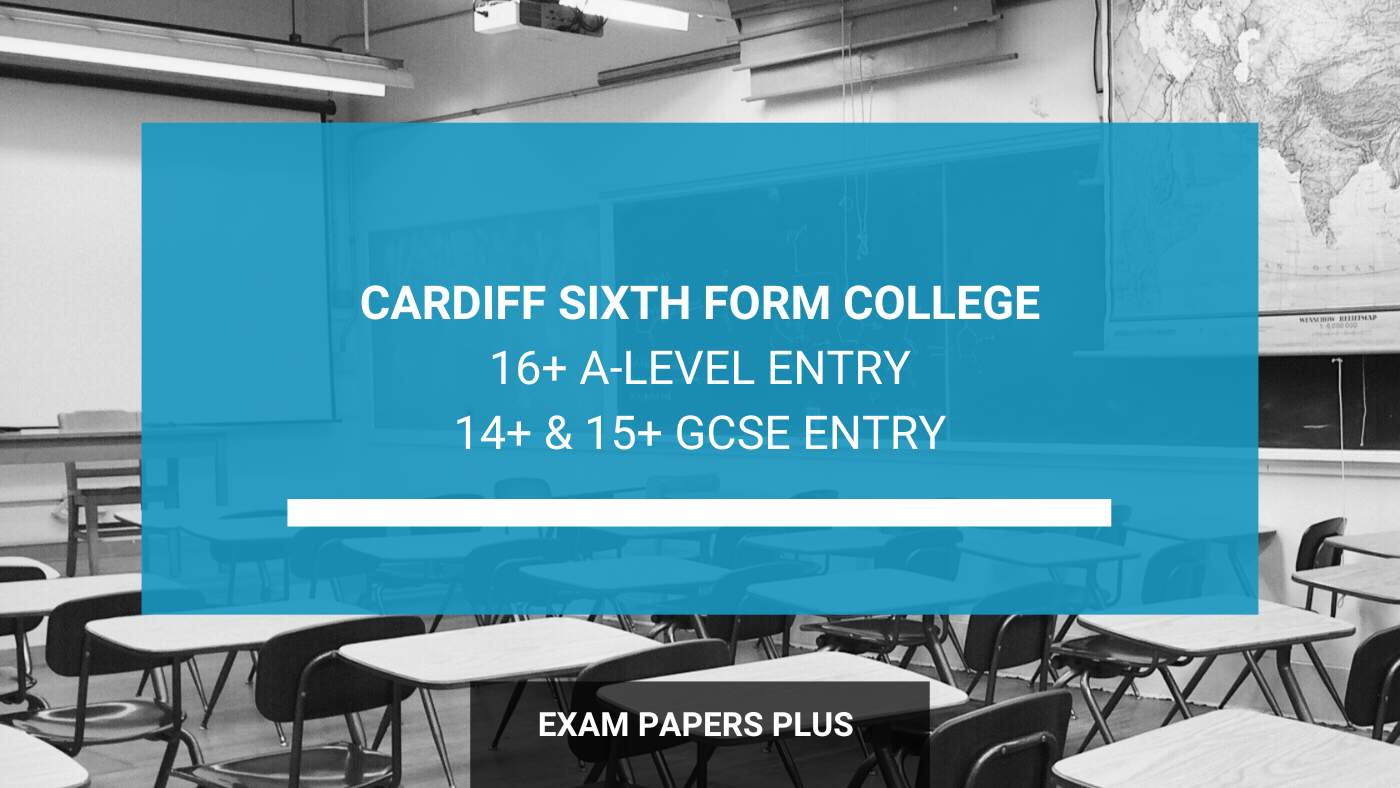
GCSE Physics Energy Questions and Answers
Bookmark this page? Pop your email into the box below to receive a link to this article so you can easily refer back to it later.
Table of Contents
Introduction
Energy transfer is needed in order to make things work. When answering questions on this topic, you will need to know:
- how energy can be stored and transferred
- the different sources of energy
- the effects on the environment of using some of these sources
- ways of reducing energy losses
- how to carry out calculations regarding energy stores and transfers.
Energy Equations
You will be required to recall most of the equations needed to carry out the calculations for this topic, and rearrange them as necessary. The equations that you need to learn are given in the GCSE Physics specification:
- AQA GCSE Physics (pages 16–21)
- Edexcel GCSE Physics (pages 20–21)
- OCR GCSE Gateway Science Physics A (pages 53–54)
- OCR GCSE Twenty-First Century Physics B (pages 17–20)
Only the following equations will be given to you in the exam:
- Change in thermal energy = mass ´ specific heat capacity ´ temperature change
- Thermal Energy for a change in state = mass ´ specific latent heat
- Elastic potential energy = 0.5 ´ spring constant ´ (extension)2
Energy Questions
Let’s have a look at some typical ‘Energy’ questions.
Example Question 1
What is one of the reasons for building wind turbines a few miles out to sea?
Tick one box. [1 mark]
- The wind speed is constant over the sea.
- Turbines are easier to maintain off shore.
- There are no hills to restrict air flow.
With multiple-choice questions like this, be careful to tick the correct number of boxes – in this case, just one. If you tick more than the specified number, you will get no marks.
If you don’t know the correct answer immediately, try to rule out other options. For example, in this question, it is unlikely that turbines off shore are easier to maintain than those on land.
The correct answer is ‘There are no hills to restrict the flow of air.’
Example Question 2
Which of the following groups are all renewable energy sources?
Tick one box. [1 mark]
- The tides, water waves and nuclear fuel
- Biofuel, geothermal and coal
- Geothermal, the tides and hydro-electricity
Read each statement carefully before ticking a box.
The correct answer is ‘Geothermal, the tides and hydro-electricity’.
Note that nuclear fuel, i.e. the material used in nuclear power plants (usually uranium), is non-renewable.
Example Question 3
A student suggests replacing a coal power station with solar panels on the same site.
Give two reasons why this might not be good idea. [2 marks]
You must give two reasons to earn maximum marks. For example:
Solar panels will not provide a consistent supply of energy as the coal power station does. [1 mark]
The amount of energy supplied by the solar panels per hour will be much lower than the amount supplied by the coal power station. [1 mark]
Be careful – it is very easy to give one reason and then move onto the next question. Don’t forget the second one!
Example Question 4
The average output of a wind turbine is 0.5 MW.
A group of factories requires 50 MW to operate.
Calculate the number of wind turbines needed to meet the needs of the group of factories. [2 marks]
To answer this question, you need to make a basic calculation:
You would get 2 marks for a correct answer with no working shown. However, it is advisable to always show your working – that way, if you make an error and give the wrong answer, you may still pick up marks for your method. In this question, showing that the total power is divided by the power of each wind turbine would earn you 1 mark.
Be careful to check that the units are the same before carrying out a calculation like this!
Example Question 5
The table contains information about the two solar panels on top of the Jungfraujoch Observatory in Switzerland.
| Panel A | Panel B | |
| Tilt | 90° | 90° |
| Date installed | September 2014 | October 1993 |
| Peak power | 2760 Watts | 1152 Watts |
How does this data support the claim that solar panels are becoming more efficient over time? [2 marks]
To answer this question, you need to select the relevant information from the given data. If you state that Panel A is more efficient, you will only gain 1 mark. As the question is about efficiency improving over time, you must make reference to the dates to gain the second mark. For example:
Panel A, which was installed in 2014, has a much higher power output than Panel B, which was installed in 1993.
The following question is based on one of the core practicals / required practical activities on the GCSE Physics specification, which you should have carried out in class.
Example Question 6
A student investigated the specific heat capacity of a 1 kg aluminium block.
The apparatus used is shown below.

A 10 W heater was used and the temperature was recorded every 5 minutes.
The experiment was repeated and an average temperature was calculated for each time point.
| Temperature in °C | |||
| Time in minutes | Experiment 1 | Experiment 2 | Average |
| 0 | 20.0 | 20.0 | 20 |
| 5 | 22.9 | 23.0 | 23 |
| 10 | 26.8 | 27.1 | 27 |
| 15 | 29.8 | 30.0 | 30 |
| 20 | 33.0 | 33.0 | 33 |
| 25 | 37.0 | 36.9 | 37 |
| 30 | 37.0 | 37.0 | 37 |
| 35 | 34.0 | 33.9 | 34 |
| 40 | 38.1 | 37.9 | 38 |
| 45 | 41.0 | 41.0 | 41 |
| 50 | 44.0 | 44.0 | 44 |
The data in the table was used to plot a graph.

(a) What was the temperature of the aluminium block before the heater was switched on? [1 mark]
You will often be asked to read information from a graph. In this case, the block will be at room temperature. Sometimes students make the mistake of writing ‘zero’ because the time is ‘zero’.
Reading from the graph, the correct answer is 20 °C.
(b) During the experiment the student accidentally disconnected the heater.
For how long was the heater disconnected? [2 marks]
Looking at the graph, you can see that the temperature falls between 25 and 35 minutes. Again, you would be awarded full marks for just giving the correct final answer. However, it is wiser to show your working:
Time disconnected = 35 – 25 = 10 minutes
If you gave an incorrect final answer, you would still pick up 1 mark for identifying the correct section of the graph!
(c) Give two reasons for repeating the experiment and taking two sets of measurements. [2 Marks]
You need to give two sensible answers to earn both marks. This question tests your working scientifically skills, including your understanding of errors. When analysing results and plotting graphs, it is always important to repeat the readings and calculate a mean value for the dependant variable to improve the accuracy of the data. Remember, the independent variable is the one that you change (time) and the dependent variable (temperature) is the one that you measure.
Any two of the following would be accepted for 1 mark each:
- To help identify any anomalous results.
- In order to calculate a mean value and improve the accuracy of the data.
- To overcome errors (random errors) in measuring the temperature.
(d) Write down the equation linking power with energy. [1 mark]
These types of questions, which test recall of important formulae, are becoming increasingly common on GCSE exam papers.
The correct answer is:
Energy transferred = power ´ time
The symbol equation would also be accepted for the mark, i.e. E = pt, as would any correct rearrangement, for example:
(e) Calculate the amount of energy supplied to the aluminium block during the first 20 minutes. [2 marks]
Substituting the correct values into the formula that you gave in part (d) will earn you 1 mark. Giving the correct final answer with the unit will earn you the second mark:
Energy transferred = 10 ´ 20 ´ 60 = 12 000 J
You are told at the start of the question that the heater has a power of 10 W. The time is in minutes, so you must multiply it by 60 to convert it to seconds.
Don’t forget the units – energy is measured in joules (J)!
(f) Calculate the specific heat capacity for the aluminium block.
Use the correct equation from the Physics Equation Sheet. [4 marks]
This question requires several mathematical skills. It is important to carry out the calculation in stages and write them down:
Change in thermal Energy = mass ´ specific heat Capacity ´ temperature change
12 000 = 1 ´ SHC ´ (33 – 20) [2 marks]
SHC = 923 J/kg °C (to 1 d.p.) [1 mark]
Start by looking at the equation sheet and selecting the correct equation. You get 1 mark for working out the temperature change (remember you are just looking at the data for the first 20 minutes) and the second mark for putting the correct values into the equation. The third mark is for rearranging the equation (with all calculations, you want the unknown quantity on one side of the equation and the numbers on the other). The final mark is for a correct value with units.
It is worth remembering that you can work out the units from an equation if you can’t recall them. For example:
So, the unit of specific heat capacity is J/kg °C.
(g) What assumption is made when carrying out the calculation in part (f)? [2 marks]
In any energy transfer, not all of the energy will be transferred as useful energy. Some energy transfers will be non-useful, such as heat transfer to the surroundings (as is the case here):
It is assumed that all the electrical energy supplied to the heater was transferred to the aluminium block [1 mark] and none was lost / transferred to the surroundings as heat. [1 mark]
With an electric motor, energy can be transferred to non-useful sound and heat stores as well as the useful kinetic store.
(h) Suggest two changes that could be made to improve the reliability of the results. [4 marks]
There are 2 marks available for each suggested improvement, so make sure you give enough detail:
Use a temperature sensor [1 mark] connected to a data logger to measure the temperature. [1 mark]
Insulate the aluminium block [1 mark] to reduce the transfer of heat energy to the surroundings. [1 mark]
Insulation can come up in quite a few energy questions, such as questions about energy loss from buildings. Remember, trapped air is a bad conductor of heat and that is the principle behind most insulation, especially in the home. The result is that less heat is transferred to the surroundings, so the house will cost less to keep warm.
You are also likely to be asked at least one question that involves environmental issues. For example:
Example Question 7
Coal-fired power stations are being replaced by wind farms and other renewable energy resources.
(a) Suggest two reasons why coal is being replaced as an energy source. [2 marks]
Answer:
Coal is a non-renewable resource. [1 mark]
The combustion of coal produces carbon dioxide, which is a greenhouse gas, and other gases that are harmful to the atmosphere. [1 mark]
(b) Explain why it better to use a range of renewable energy resources rather than relying solely on wind farms. [2 marks]
Answer:
Wind speed varies and on some days little or no power would be produced. [1 mark]
Using a range of different energy resources helps to ensure there is always energy available. [1 mark]
For the second mark, you could also state that not all sites are suitable for wind farms, so alternative resources have to be used.
(c) Solar panels are increasingly being installed on the roofs of buildings rather than open ground.
Suggest why this is a good idea. [1 mark]
Answers that would be accepted for the mark include:
- This removes the problem of buying land, which is very expensive.
- Buildings are easier to connect to the National Grid.
- Land remains available for agriculture.
(d) A scientist claims that building more nuclear power stations would be a good idea.
Give two arguments against this suggestion. [2 marks]
Two possible arguments are:
- The disposal of nuclear waste is problematic. [1 mark]
- Nuclear power plants are very expensive to build / decommission. [1 mark]
Other sensible answers would be accepted.
Example Question 8
A ski jumper with a mass of 70 kg is held at rest at the top of a 50 m high ramp.
The ski jumper is then released.
The gravitational field strength is 9.8 N/kg.

(a) Calculate the change in gravitational potential energy of the ski jumper between points X and Y. [2 Marks]
You will have to recall and apply the correct formula to answer this question:
Change in gravitational potential energy = mass ´ gravitational field strength ´ change in height
Change in gravitational potential energy = 70 ´ 9.8 ´ 50 [1 mark]
Change in gravitational potential energy = 34 300 J [1 mark]
(b) How much kinetic energy does the ski jumper have at point Y? [1 mark]
Assume no energy is transferred to non-useful stores.
As all the gravitational potential energy has been transferred to the ski jumper’s kinetic energy store, the correct answer is: 34 300 J.
It is common to be asked questions like this, which involve potential energy to kinetic energy transfers. You might also be asked to recall the equation for kinetic energy and then calculate the ski jumpers speed at point Y:
kinetic energy = 0.5 ´ mass ´ (speed)2
34 300 = 0.5 ´ 70 ´ (speed)2
(speed)2 = 980
speed = 31.3 m/s
A calculator gives the answer as 31.30495168, but don’t ever write that down as your answer. Always give your answer to a sensible number of significant figures, e.g. three or four.
A motorised lift is used to take the ski jumper back up to the top of the ramp.
It takes 50 seconds to lift the ski jumper to the top from a point level with Y.
(c) Calculate the power of the motor. [2 marks]
You will have to recall and apply the formula for power. Remember that work done is the amount of energy transferred in lifting the ski jumper back to the top:
Power = 686 W [1 mark]
If you forgot that power was measured in watts (W) then, by using the formula, power is joules divided by seconds. Therefore, an answer of 686 J/s would be accepted for the mark.
(d) The electric motor is labelled 2 kw.
Calculate the efficiency of the lift. [2 marks]
The unit given is kW, so you must convert to watts before carrying out the calculation:
Efficiency = 0.34 [1 mark]
Notice that there are no units for efficiency, as it is a ratio. An equivalent percentage would also be accepted, i.e. 34%.
Get Practising!
Using exam-style practice questions will allow you to practise recalling and applying all the knowledge and skills set out in the ‘Energy’ section of the GCSE Physics specification. It will also provide a good measure of which areas need further revision and practice.
Use practice questions at regular intervals throughout your GCSE Physics revision for maximum effect and to track progress.
Our new GCSE Physics: Key Skills pack is designed to be used alongside exam board past papers to provide an excellent, comprehensive programme of exam practice and preparation. It is packed with over 150 higher-tier exam-style practice questions, plus answers, which have been written by subject experts and can be downloaded for use at home immediately after purchase.
We are excited to announce that we will soon be releasing a set of videos to support the GCSE Physics: Key Skills pack. These videos are designed to expand on the information given by the mark scheme, enhancing the feedback that you get and ensuring understanding, so that next time you come across a similar question you will know exactly what to do!
Bookmark this page? Pop your email into the box below to receive a link to this article so you can easily refer back to it later.
















